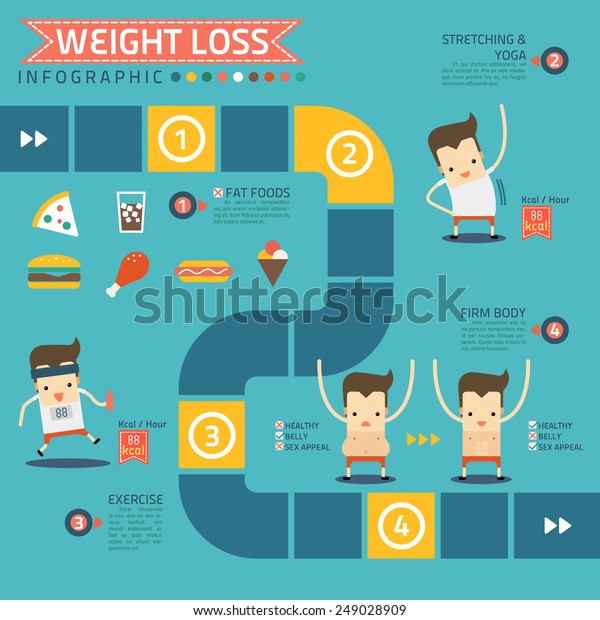Understanding Cold Laser Therapy For Weight Loss
Understanding Cold Laser Therapy For Weight Loss
Blog Article
Scientific Research Study on the Effectiveness of Cold Laser Method
Cold laser therapy is a useful device to help in pain management and the recovery process. It is usually used in sporting activities medicine, dermatology and acupuncture.
Cold lasers pass through deep right into cells and promote chemical changes without heating them. They reduce swelling and swelling, speed up mobile activity and accelerate healing.
Academic History
Unlike the high-intensity lasers that surgeons usage to cut through tissue, cold laser therapy makes use of light-emitting diodes to pass through right into your skin and advertise healing. As these photons reach damaged cells, they start a chain reaction that enhances your cells' production of enzymes and increases your body's all-natural recovery processes.
The photons likewise lower discomfort with the manufacturing of endorphins and raise your body's capability to drain swollen areas by generating vasodilation (the growth of capillary). Consequently, it helps you recoup from bone and joint injuries and pain faster.
Many people have heard about cold laser therapy from their physiotherapist, chiropractic practitioner or physician and might be asking yourself how it functions. Unlike the majority of laser devices made use of in the medical area, which actually warm up cells, our advanced equipment releases cool laser light beams that don't trigger any heating of your tissues. This enables your body to get the therapeutic advantages without causing any adverse effects.
Professional Trials
Cold laser therapy is commonly recommended as a therapy alternative for patients who have bone and joint pain and injuries. It can be made use of to minimize inflammation, strengthen cells and accelerate the body's all-natural recovery procedures.
Non-thermal photons of red and infrared laser radiation are absorbed by the light sensitive components in cells and launch a boost in intracellular metabolic process that increases cell recreation, minimizes swelling, eliminates edema and reduces recovery time.
Unlike the light that is created by sunlight or standard lights, laser light is identical (all wavelengths travel parallel), meaningful and monochromatic. These properties allow laser power to pass through much deeper right into the tissues.
Several scientific trials have actually shown that LLLT can be reliable in minimizing pain in the bone and joint system. Nevertheless, quit smoking laser therapy even more well-designed research studies are required to examine the optimum settings for laser irradiation and to identify its effectiveness in details problems, such as oral mucositis in cancer cells patients obtaining chemotherapy or radiotherapy, and injury recovery (consisting of diabetic person abscess following hammertoe surgical procedure). This Aetna policy bulletin does not attend to various other uses of LLLT, consisting of the therapy of various skin diseases.
Final thoughts
Unlike medical lasers that can destroy growths or coagulate cells, cool laser treatment does not heat the body's cells. Instead, the light boosts your cells to produce adenosine triphosphate, which accelerates the repair work procedure of damaged cells.
Aetna considers low-level laser (LLL) treatment clinically necessary for the prevention of oral mucositis associated with cancer cells therapy (chemotherapy, radiation therapy, hematopoietic stem cell transplant) and non-cancer therapies (such as radiodermal injury, fibromyalgia). Numerous researches revealed that LLT can be efficient in reducing PU signs without negative effects. However, differences in research study styles and laser dosimetry made contrast of the outcomes difficult; RCTs with low danger of prejudice are needed. Using a 660 nm wavelength and greater power density appears to be extra effective than the other examined laser wavelengths. This could be since the various other wavelengths might boost inflammatory procedures and create even more side effects. The effect of the type of laser used is also essential; the authors suggest that future research focus on evaluating different sorts of lasers and their dosages to establish the optimal mix of laser criteria for PU avoidance.
Suggestions
Cold laser therapy is used by dental practitioners to deal with irritated gum tissue, doctors to ease discomfort triggered by rheumatoid arthritis, and physiotherapists to speed the recovery of muscle, tendon, and ligament injuries. Lots of medical insurance policy strategies cover this treatment.
Unlike hot lasers, which have a thermal result on tissues, cool lasers (likewise called low-level lasers) boost the cellular power of the skin. Photons from the laser light penetrate right into the cell, triggering a collection of chemical changes that promotes regrowth and decreases swelling.
In order to be effective, lasers have to be correctly arrangement and used. This is why it is not a good idea to buy an economical over-the-counter laser tool and attempt to treat yourself in the house. A trained professional is required to guarantee that the tool is made use of correctly to lessen the threat of eye injury and optimize its efficiency. The laser gadget should be adapted to the appropriate setting, intensity, frequency, and position of the laser on the therapy location.